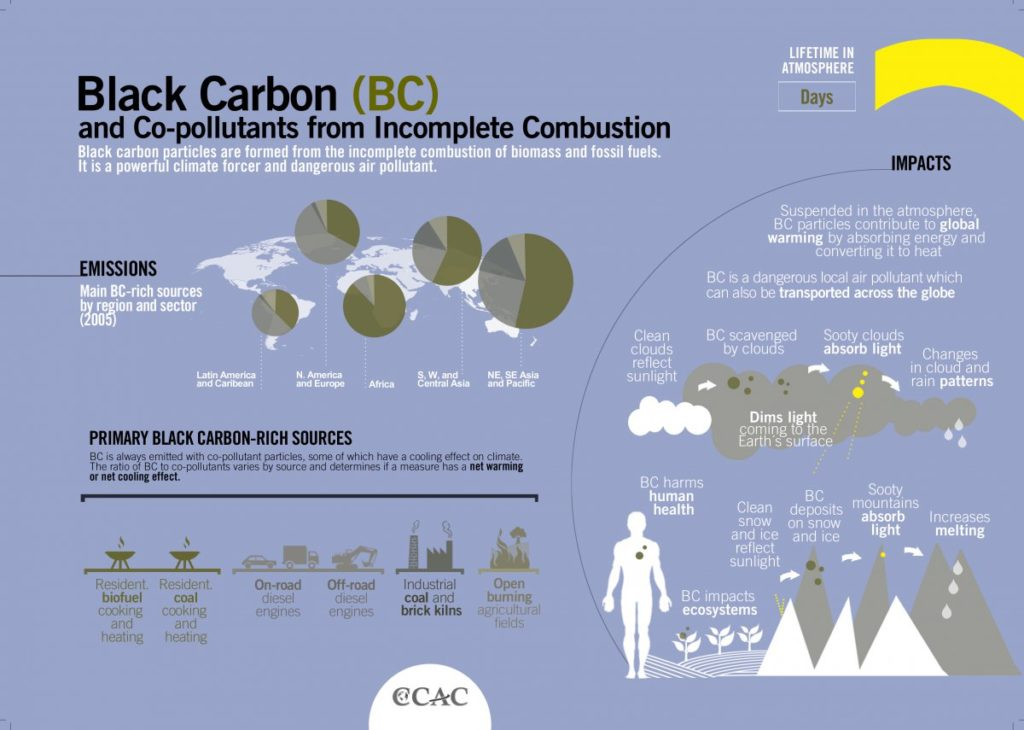CONTENTS
- Zonal Councils
- Social Progress Index (SPI) Report
- Black Carbon
Zonal Councils
Focus: GS II- Polity and Governance
Why in News?
Union Home and Cooperation Minister presided over the 25th Eastern Zonal Council meeting in Kolkata.
What are Zonal Councils?
- Zonal Councils are advisory councils and are made up of the states of India that have been grouped into five zones to foster cooperation among them. These were set up vide Part-III of the States Reorganization Act, 1956.
- The Zonal Councils are the statutory (and not the constitutional) bodies.
- They are established by an Act of the Parliament, that is, States Reorganization Act of 1956.
- The act divided the country into five zones (Northern, Central, Eastern, Western and Southern) and provided a zonal council for each zone.
- The Union Home Minister is the common chairman of the five Zonal Councils.
- Each chief minister acts as a vice-chairman of the council by rotation, holding office for a period of one year at a time.
- While forming these zones, several factors have been taken into account which include the natural divisions of the country, the river systems and means of communication, the cultural and linguistic affinity and the requirements of economic development, security and law and order.
- In addition to the above Zonal Councils, a North-Eastern Council was created by a separate Act of Parliament i.e. the North-Eastern Council Act of 1971.
- These are advisory bodies that will discuss and make recommendations with regard to any matter of common interest in the field of economic and social planning between the Centre and States.
Click Here To Read More: Zonal Councils
Social Progress Index (SPI) Report
Focus: GS II: Polity and Governance
Why in News?
Economic Advisory Council to Prime Minister (EAC-PM) released the Social Progress Index (SPI) for states and districts of India.
Highlights of the report:
- Puducherry has the highest SPI score of 65.99 in the country, attributable to its remarkable performance across components like Personal Freedom and Choice, Shelter, and Water and Sanitation.
- Lakshadweep and Goa closely follow it with scores of 65.89 and 65.53, respectively. Jharkhand and Bihar scored the lowest, 43.95 and 44.47, respectively.
- For the dimension of Basic Human Needs, Goa, Puducherry, Lakshadweep, and Chandigarh are the top four states with the best performance in Water and Sanitation and Shelter as compared to the other states and union territories.
- In addition, Goa has the highest component score for Water and Sanitation, followed by Kerala, scoring the highest across the Nutrition and Basic Medical Care component.
- For Shelter and Personal Safety, Chandigarh and Nagaland have emerged as the front-runners, respectively.
- Mizoram, Himachal Pradesh, Ladakh, and Goa have emerged as the best-performing states for the Foundations of Wellbeing.
Click Here To Read More: Social Progress Index (SPI) Report
Black Carbon
Focus: GS III- Environment
Why in news?
In Lok Sabha, the Minister of State for Environment, Forest and Climate Change outlined the various measures taken to counter black carbon.
What is Black Carbon?
- Black carbon is a potent climate-warming component of particulate matter formed by the incomplete combustion of fossil fuels, wood and other fuels.
- Complete combustion would turn all carbon in the fuel into carbon dioxide (CO2), but combustion is never complete and CO2, carbon monoxide, volatile organic compounds, and organic carbon and black carbon particles are all formed in the process.
- The complex mixture of particulate matter resulting from incomplete combustion is often referred to as soot.
- BC is a short-lived pollutant that is the second-largest contributor to warming the planet behind carbon dioxide (CO2). Unlike other greenhouse gas emissions, BC is quickly washed out and can be eliminated from the atmosphere if emissions stop.
- Deposits of BC act in two ways hastening the pace of glacier melt: by decreasing surface reflectance of sunlight and by raising air temperature.

Adverse Effects of Black Carbon
- Black carbon is a short-lived climate pollutant with a lifetime of only days to weeks after release in the atmosphere.
- During this short period of time, black carbon can have significant direct and indirect impacts on the climate, glacial regions, agriculture and human health.
- Several studies have demonstrated that measures to prevent black carbon emissions can reduce near-term warming of the climate, increase crop yields and prevent premature deaths.
- Black carbon absorbs solar energy and warms the atmosphere.
- When it falls to earth with precipitation, it darkens the surface of snow and ice, reducing their albedo (the reflecting power of a surface), warming the snow, and hastening melting.



